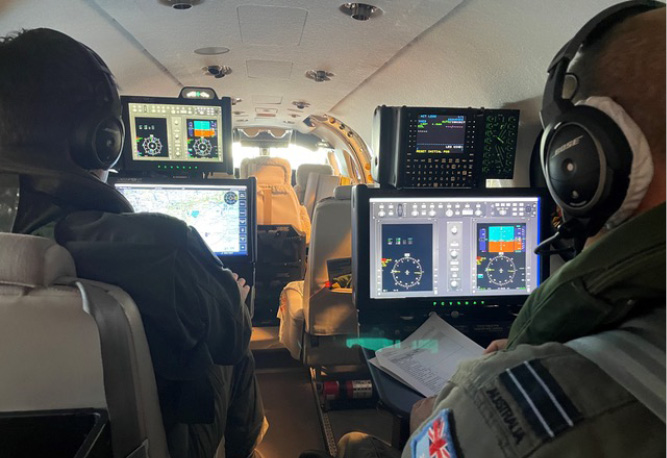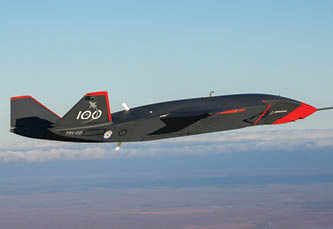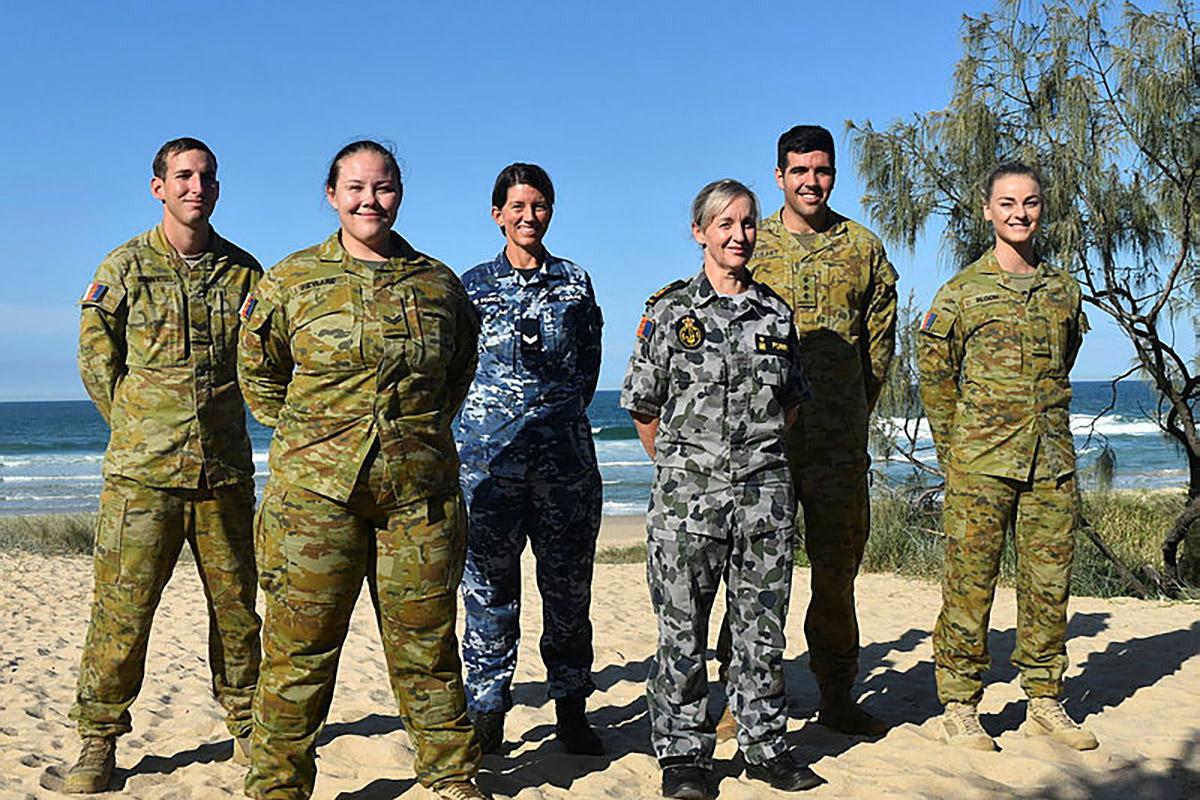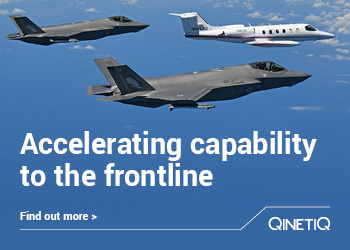Initial training for Air Force Officer Aviation – Mission Aviation specialists occurs at the RAAF’s Air Mission Training School (AMTS), located at RAAF Base East Sale. AMTS utilises Cirrus Real Time Processing System’s (“Cirrus”) Air Combat Officer Training System (“ACOTS”) extensively to support their courses. ACOTS is a software based simulation system that is hosted both in the King Air KA350 aircraft and within a variety of ground based simulator formats within AMTS.
The ACOTS simulation software blends a variety of live (e.g. aircraft and instrument data), virtual (e.g. instruments, sensor and mission system equipment) and constructive (e.g. opposing force) effects to create an immersive, scenario based synthetic environment within which Mission Aviation candidates are able to practice core mission skills and learn concepts underpinning the delivery of air and space power effects to the Joint Force.
Close emulation of the avionics and flight management system of the KA350 enable trainees to gain a thorough grounding in aircraft systems management skills pertaining to all flight phases.
The core of the simulation is the high fidelity simulation of a modern sensor suite, including multi-mode radar, electro-optics and infra-red, radar warning receiver (RWR) and other sensors. Extensive databases of terrain and surface features enable virtual sensors to ‘see’ terrain as they would from an actual platform at that location, together with overlaid synthetic contact and environmental effects.
Trainees “learn through doing” the art of sensor employment, with the impact of differing employment choices on the quality of derived sensor information faithfully represented by the system.
ACOTS provides an integrated mission management display system, where a trainee’s mission plan is rendered onto a flexible charting display, together with additional contact data and intelligence drawn both from the trainee platform’s own (simulated) sensors, and as applicable from off-board sensors received by (emulated) tactical datalink. Derived tactical information may be shared with other positions on the same platform, or with other platforms via tactical datalink and chat. Trainees are challenged to collate a tactical picture, interpret a range of (sometimes conflicting) information, and to make command decisions for the mission. Weapon effects are simulated to support learning outcomes across the full spectrum of the delivery of air and space power effects.
During a mission, trainees may encounter environmental effects and interact with other synthetic entities (hostile, friendly or neutral; air, ground or surface), which may be under the control of the instructor, a predetermined script or configurable artificial intelligence. Instructor functionality supports seamless control over the scenario, remote monitoring of trainee actions, and where warranted to support learning outcomes, adjustments to the level of a scenario.
In the KA350 training aircraft, the ACOTS software operates on hardware (provided by the aircraft prime contractor) that includes trainee and instructor consoles, and portable tablets. The ACOTS suite is itself ‘aircraft agnostic’ and may readily integrate to differing avionic suites to receive flight information. On the KA350, ACOTS integrates to PL-21 avionics, with earlier revisions integrated to PL-2 avionics.
For ground based training. the common ACOTS software is augmented with additional flight simulation software. Instructor software functionality provides for the simplified flying of the aircraft, allowing instructor attention to be focused on mission training and knowledge transfer.
Ground training occurs both in representations of back cabin consoles, and in cockpit trainers, in which instruments, out the window visuals and ACOTS (on tablet or hardware) facilitate training tailored to that position. Functionality enables trainees to undertake additional out of hours training without drawing on instructors, including auto-flying the simulated aircraft to support independent learning of visual observation skills.
The large number of airborne and ground based training positions may be operated independently with a range of simulation scenarios that have been developed by AMTS instructors for the differing lessons within the course curriculum. Software infrastructure facilitates the synchronization of simulation media across the training positions as scenarios and/or other simulation data sets evolve.
Cirrus is engaged to provide wide-ranging support of ACOTS, including help desk support to training, and ongoing provision of annual capability enhancements. AMTS instructors are closely involved throughout the capability enhancement process, and a genuinely collaborative relationship has developed between Cirrus and AMTS over the decade that ACOTS has been in operational service.
This mutually beneficial relationship has enabled the emergence of a world class sovereign industrial capability, in which Australian-owned industry (Cirrus) provides advanced simulation technology. This capability encompasses the modelling and simulation of radar, a recognised key enabler for the “Enhanced active phased array and passive radar capability” Sovereign Industrial Capability Priority (SICP).
This sovereign capability does not incur any “locally made” price premium, nor any compromise over product quality, level of technological sophistication, and responsiveness of support, indeed it enhances all of these elements of support provided to Defence.
As such, ACOTS may be regarded as an exemplar of successful engagement between the ADF and Australian industry in the delivery of world-leading high technology operational capability.
Picture: Air Mission Training School instructors, Flight Lieutenants Sam de Boer and Andrew Tyson, conduct functional testing on the new Mission Airborne Training System.















